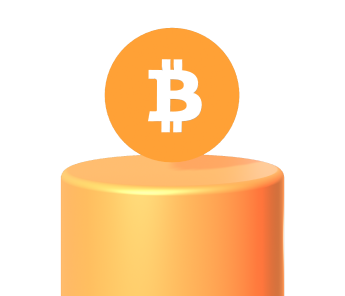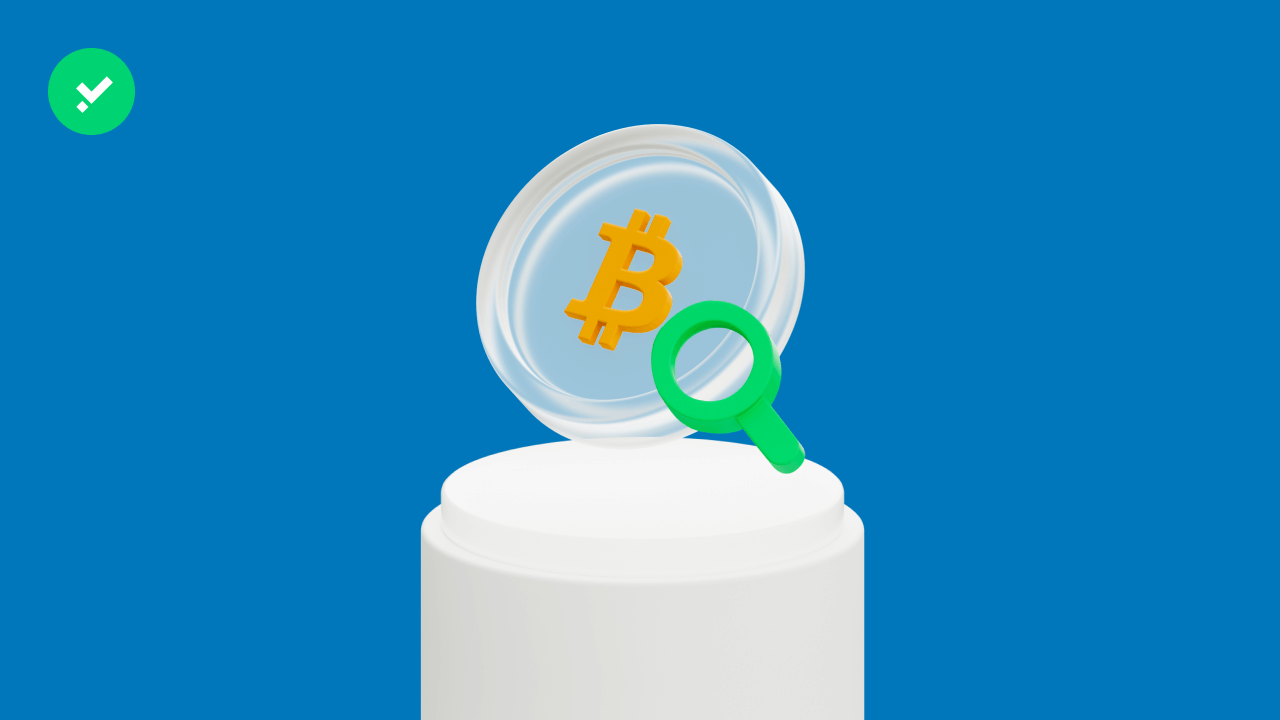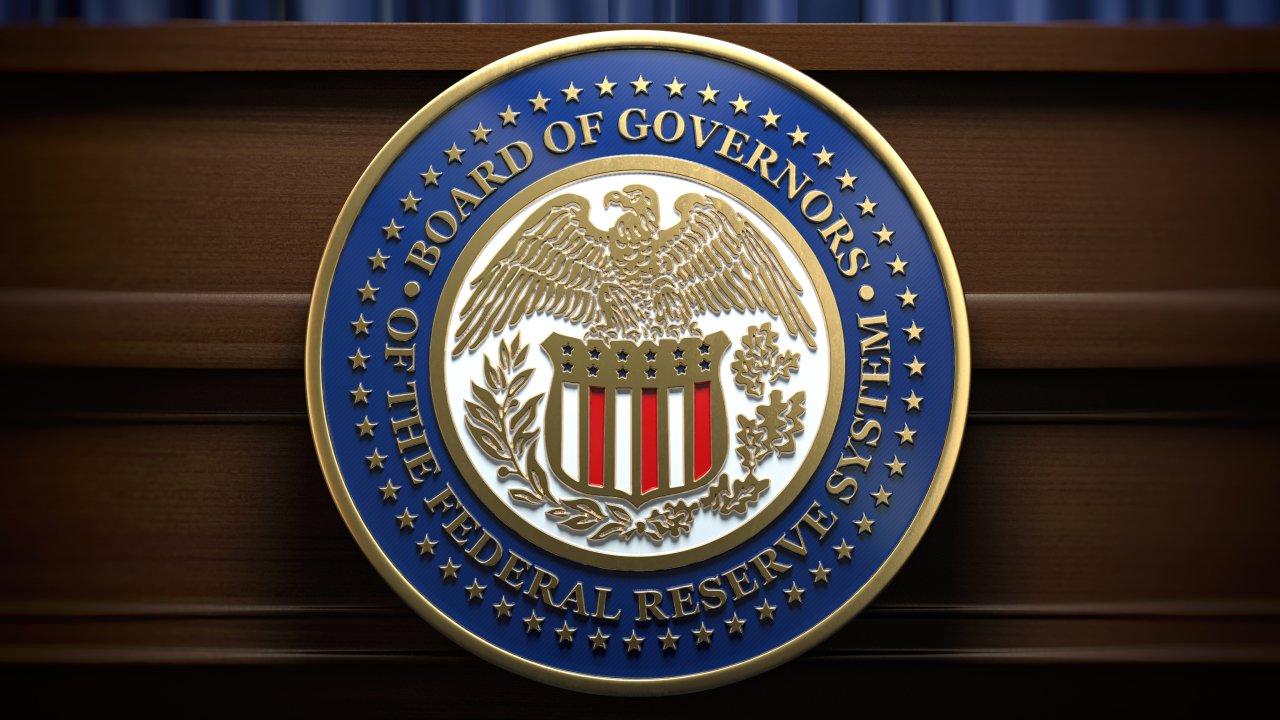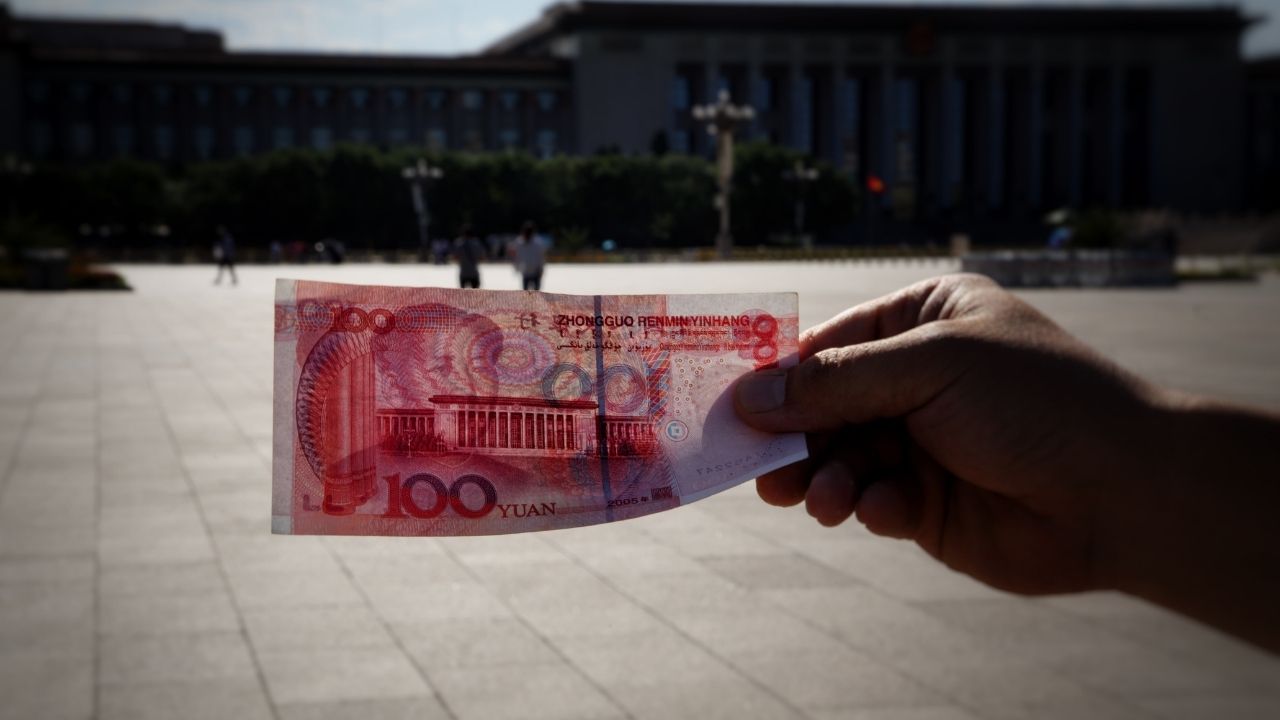What does the 2025 bitcoin price forecast look like?
Bitcoin’s price forecast for 2025 is a hot topic, with experts and analysts closely watching BTC’s trajectory. In 2024, Bitcoin achieved impressive gains, starting the year at approximately $40,000 following a strong rally in 2023. From January to March 2024, Bitcoin experienced one of its most explosive movements, climbing to an all-time high of $73,700. Following Donald Trump’s U.S. election victory in early November, Bitcoin’s price broke record after record, demonstrating the currency’s resilience and appeal.
Here, we’ll explore expert forecasts and potential price movements for BTC in 2025. Will Bitcoin reach the ambitious target of $100,000 or more?
Buy Bitcoin!
Bitcoin price forecast for 2025: optimistic predictions
Among the most bullish Bitcoin forecasts for 2025 are some eye-catching targets from well-known figures in the crypto space.
- Himanshu Maradiya, founder of CIFDAQ Blockchain, forecasts that BTC could reach $1 million by the end of 2025. While this projection may seem highly optimistic, various factors support it. These include rising adoption, the approval of spot ETFs in January 2024, hyperinflation weakening fiat currencies, and increased profitability for miners.
- Michael Saylor, CEO of MicroStrategy and one of Bitcoin’s most dedicated advocates, echoes this sentiment. Saylor believes Bitcoin could reach the million-dollar mark due to its strength as a global store of value, particularly in times of economic uncertainty.
- Chamath Palihapitiya, a prominent venture capitalist, also envisions Bitcoin as a potential safe haven from global economic instability. His BTC price forecast aligns with the $1 million mark, citing Bitcoin’s unique resilience and finite supply as key factors.
Scopri Young Platform
Mid-range predictions: a realistic take on Bitcoin’s price potential
Not every expert is aiming for the $1 million mark in their Bitcoin price forecast for 2025. Others offer more conservative yet still ambitious estimates.
- Anthony Scaramucci, founder of SkyBridge Capital, predicts BTC could hit $170,000. He attributes this to Bitcoin’s limited supply and growing demand, particularly as spot ETFs make Bitcoin more accessible within global stock markets. Scaramucci notes, “Bitcoin under $100,000 will soon be a thing of the past.”
- Pantera Capital has reiterated its Bitcoin price forecast of $114,000 by August 2025. Pantera’s projections hinge on factors such as potential Federal Reserve interest rate cuts and improvements in Middle Eastern stability. Pantera’s analysis also considers Bitcoin’s stock-to-flow model, where the BTC supply was cut by 50% following the April 2024 halving, further increasing its scarcity.
- Tim Draper, founder of Draper Fisher Jurvetson, targets a BTC price of $250,000 by 2025, emphasising Bitcoin’s acceptance as both a financial and technological asset.
Cautious bitcoin price forecasts for 2025
While bullish predictions dominate, some voices remain cautious or sceptical about Bitcoin’s long-term value.
- The European Central Bank (ECB) has historically expressed scepticism. In 2022, following the FTX collapse, ECB representatives predicted Bitcoin’s decline, suggesting its stabilisation was artificially driven and claiming that BTC would become irrelevant. However, Bitcoin has more than tripled since its November 2022 low, contradicting such pessimistic views.
- Jamie Dimon, CEO of JPMorgan, has repeatedly criticised Bitcoin, describing it as a “waste of time” and comparing it to a Ponzi scheme. Dimon argues that BTC’s value will diminish as mining rewards decrease, though he recently pledged to refrain from further commentary after Bitcoin’s recent price surge.
What could influence Bitcoin’s price in 2025?
Numerous factors could impact Bitcoin’s price forecast, including:
- Global economic conditions
Bitcoin often thrives during inflationary periods, and with concerns over fiat currency devaluation, demand for BTC as a hedge may rise. - Spot ETFs and institutional adoption
The approval of spot Bitcoin ETFs has already boosted demand, providing an accessible way for traditional investors to enter the crypto market. Greater institutional involvement could further drive up BTC’s price. - Regulatory developments
Clearer regulatory frameworks in major markets could support adoption, though overly restrictive policies could hinder growth. - Market cycles and halving effects
The April 2024 halving reduced Bitcoin’s supply rate by half, and historical patterns suggest that supply shocks can lead to price increases.
Conclusion: what’s next for Bitcoin in 2025?
The 2025 Bitcoin price forecast remains varied, with experts predicting prices from $100,000 to $1 million per BTC. Regardless of the exact figure, Bitcoin’s fundamentals remain solid, and its appeal as an asset seems resilient in the face of both economic and regulatory challenges. While some sceptics remain unconvinced, the majority of analysts agree that BTC’s role as a store of value is likely to grow.
Explore Bitcoin’s price potential and stay updated on the latest forecasts with Young Platform.












